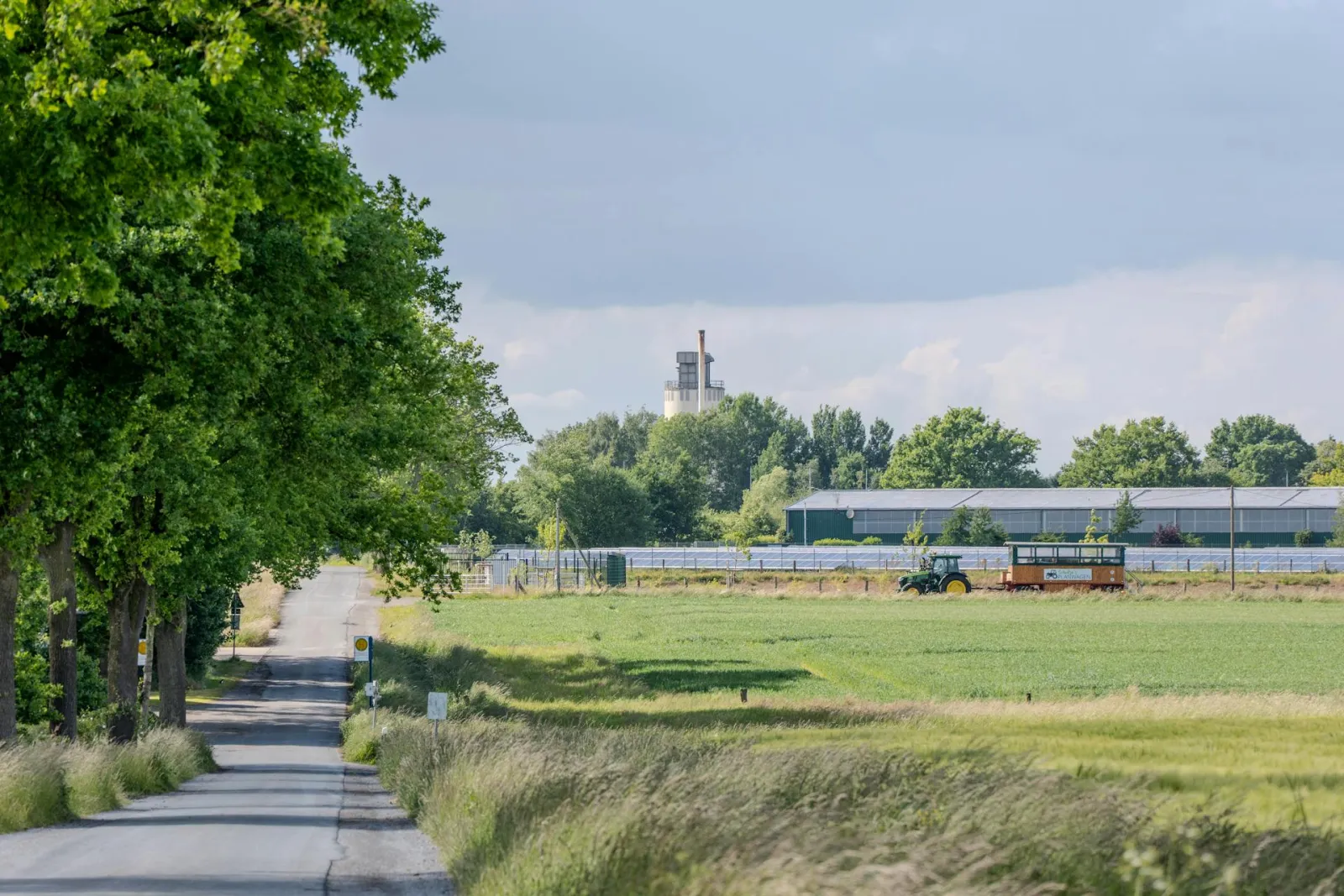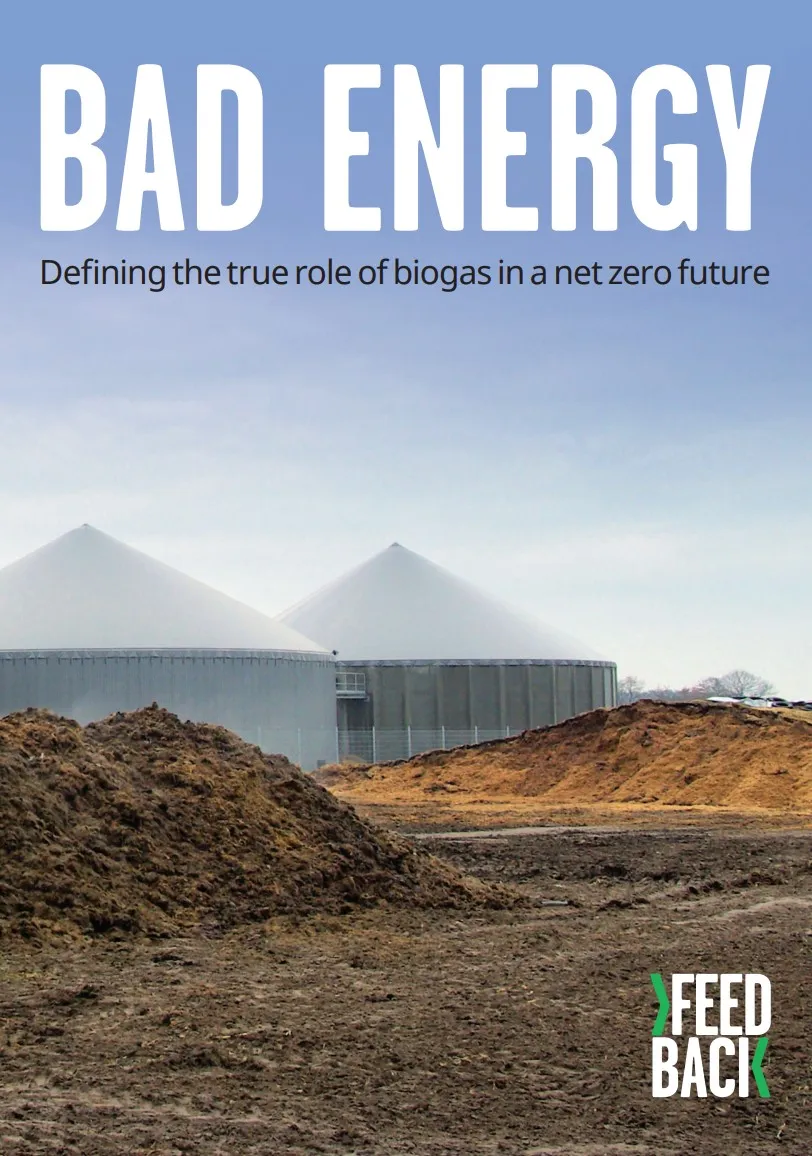This booklet by Foodrise investigates the growing biomethane sector and argues it is inefficient, expensive and locks Europe into fossil infrastructure and industrial livestock production.
Publisher’s Summary
Biogas is produced by breaking down organic materials in the absence of oxygen in a process called anaerobic digestion. The organic materials used for production (feedstocks) include: crops specially grown for this purpose, most often maize; food and plants considered waste; sewage sludge; industrial wastewater; as well as animal manure. Gas from landfills can also be collected. Biogas can be used directly for heating and electricity generation. Biomethane is biogas that has been purified to increase the methane concentration, making it similar to fossil gas. Once upgraded, biomethane can be injected into the gas grid and used in systems that run on fossil gas. The European Commission’s REPowerEU action plan of May 2022 set biomethane production on a course of massive upscale as part of efforts to increase EU energy independence, fixing a target of 35 billion cubic meters (bcm) per year by 2030 – up from 4,1 bcm in 2023. However, no Impact Assessment was carried out on the target. As biomethane production continues to grow rapidly (with a currently 21% year-over-year growth), so do concerns about its associated environmental and social risks.
While biogas production from sludge or collecting the gas that is produced in landfills is appropriate, there are particular concerns about the effects of large-scale biogas production on the use of limited agricultural land, the continuation of polluting industrial animal production, harm to local communities, and the effects of methane leaking from biogas facilities. Further concerns arise when looking closer at promoted use cases for biomethane such as heating or transport which are often inefficient, expensive, and lock Europe into fossil infrastructure. We call on EU policymakers to review the biomethane ambitions of the REPowerEU plan through an independent Impact Assessment to ensure adverse impacts are avoided. As research has shown, there are simply not enough sustainable feedstocks to meet the 35 bcm ambition. Therefore, an interdisciplinary team of experts needs to be convened to determine a desirable and realistic biomethane target




Comments (0)